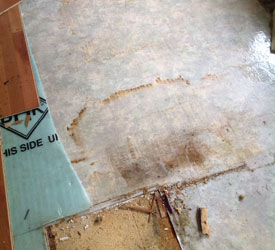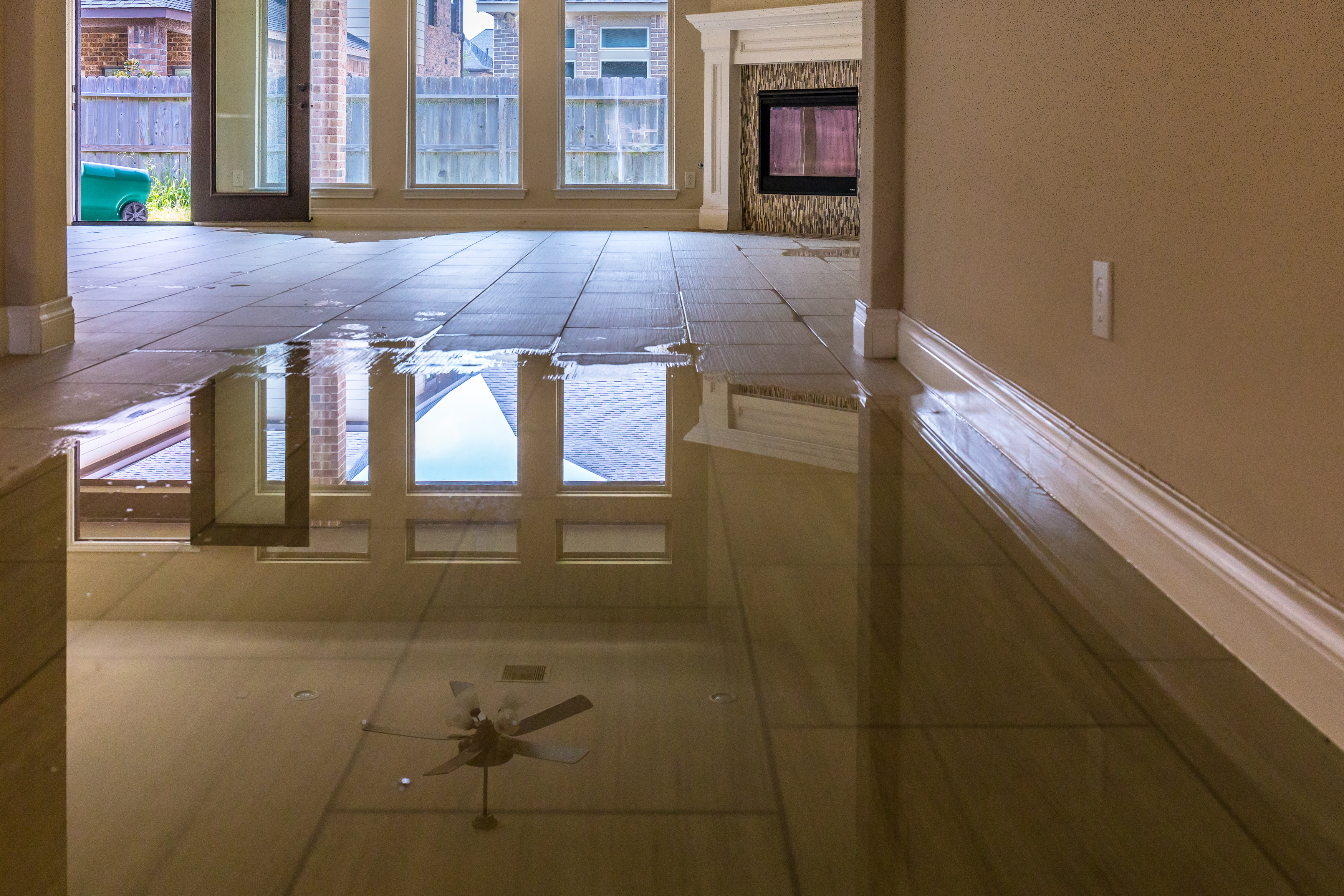Right here below you might get a lot of sensible information involving How to Prevent Bathroom Water Damage.

The restroom is extremely vulnerable for moist build-up and potential water damage due to the constant use water in it. This article provides basic evaluation strategies to help finding water damages threats.
The constant use water in the washroom makes it exceptionally at risk for damp buildup and prospective water damage. By examining it regularly, you can decrease water related damages.
The following collection of evaluations is simple to do and need to be done when in every three months in order to maintain your restroom healthy as well as to prevent potential water problems triggered by the bathtub, the shower, pipeline joints and plumbing, sinks, closets, as well as the commode
Do not disregard performing these examinations as well as be comprehensive while executing them. Keep in mind that these straightforward evaluations can conserve you a lot of cash by supplying early signs for water damages
Bathtub as well as Shower
The shower and bath tub require unique focus as well as maintenance. Inspect the tiles as well as change if broken. Make sure that there is no missing out on grout between the ceramic tiles. Evaluate and replace fractured caulking at joints where the walls fulfill the floor or the tub. Blocked drains pipes and pipelines problems will certainly protect against the tub from drying out and also may suggest serious issues under the bathtub. Talk to a professional promptly to prevent structural damages. Take notice of discolorations or soft areas around the tub wall surfaces as they might indicate an interior leakage.
Plumbing
Signs for water damage are difficult to identify because many pipelines are installed inside the walls.
Pay unique focus to flooring as well as wall surfaces moisture and spots as they might show an invisible plumbing problem. Inspect moisture degrees in adjacent spaces too.
Sinks and Cabinets
Sinks and closets are subjected to moisture and humidity everyday and also are commonly overlooked. Examine consistently under the sink and on the countertop above it. Fix any drip in the trap as it may suggest drain issues. Check out the sink, slow-moving draining pipelines might indicate a blocked drain. Change sink seals if they are split or loosened.
The Commode
The commode is a vulnerable water joint. Inspect the water lines as well as search for leaks around the bathroom seat, in the tube, and also under the water container. If you spot any signs of wetness on the floor around the toilet, check for leaks in the toilet edge as well as container seals.
Know that hanging bathroom bowl deodorants enhances the chances for clogs.
Water Damage Signs In The Bathroom To Avoid Cleanup
Musty smell
This is one of the easiest signs to catch because musty smells are so odorous. The damp, earthy, moldy smell should be a big red flag. The smell will develop when moisture gets trapped in surfaces, and begins to facilitate mold growth. Leaking pipes under cabinets, inside walls, and behind shower fixtures will cause moisture to stay trapped and not dry, which will lead to mold growth and spread. As soon as you notice any musty smells in your bathroom, have it checked for hidden water damage and cleanup signs.
Visible mold
If the smell isn’t there to give it away, sometimes you will actually see mold growth. Finding mold in your bathroom is a serious problem, because mold is very harmful to your health. By the time mold growth is visible, it also means that water damage has already occurred and been present for some time. The only way the mold problem can be resolved is to find the source of the moisture and get it stopped. To safely and adequately remove mold, you need to have professionals handle the remediation. Do not waste any time in getting mold problems addressed, fixed, and sanitized so that you can protect you and your family from the many respiratory symptoms caused by mold exposure.
Damaged floors
Bathroom floors should be able to withstand some exposure to water while still remaining in good condition. However, when excess exposure or water leaks occur, they will begin to damage even the most water-resistant flooring. If you notice any cracking, bubbling, staining, or warping on your bathroom floors, there is probably a water leak somewhere causing the distortion. If you notice areas of the floor have become softer, or even have a spongy feeling, there is probably damage to the subfloor. Subflooring is typically made up of plywood. When plywood is exposed to water or moisture, it will absorb it. Once it has become saturated, the weight of the excess water will cause the wood to swell and soften. Check the floors in your bathroom frequently to catch any of these sings before they lead to damaged subflooring.
Changes on walls
When water leaks behind walls, it will cause changes in the drywall. Peeling plaster, blistering paint, and soggy wallpaper are all good indicators that excess water is building up behind the wall. Water leaking behind drywall will cause it to swell and be soft to the tough. If you start to notice gaps along the trim of your walls, or where tile meets the wall, it could also be a strong indicator that there is a leak behind the wall. Any changes, distortion, or damage on the walls should be evaluated as soon as you notice it to prevent further water damage and cleanup.

I came across that blog post on How to Repair and Prevent Bathroom Water Damage when looking around the search engines. Please set aside a second to distribute this write-up if you enjoyed reading it. Thank you so much for taking the time to read it.
Information